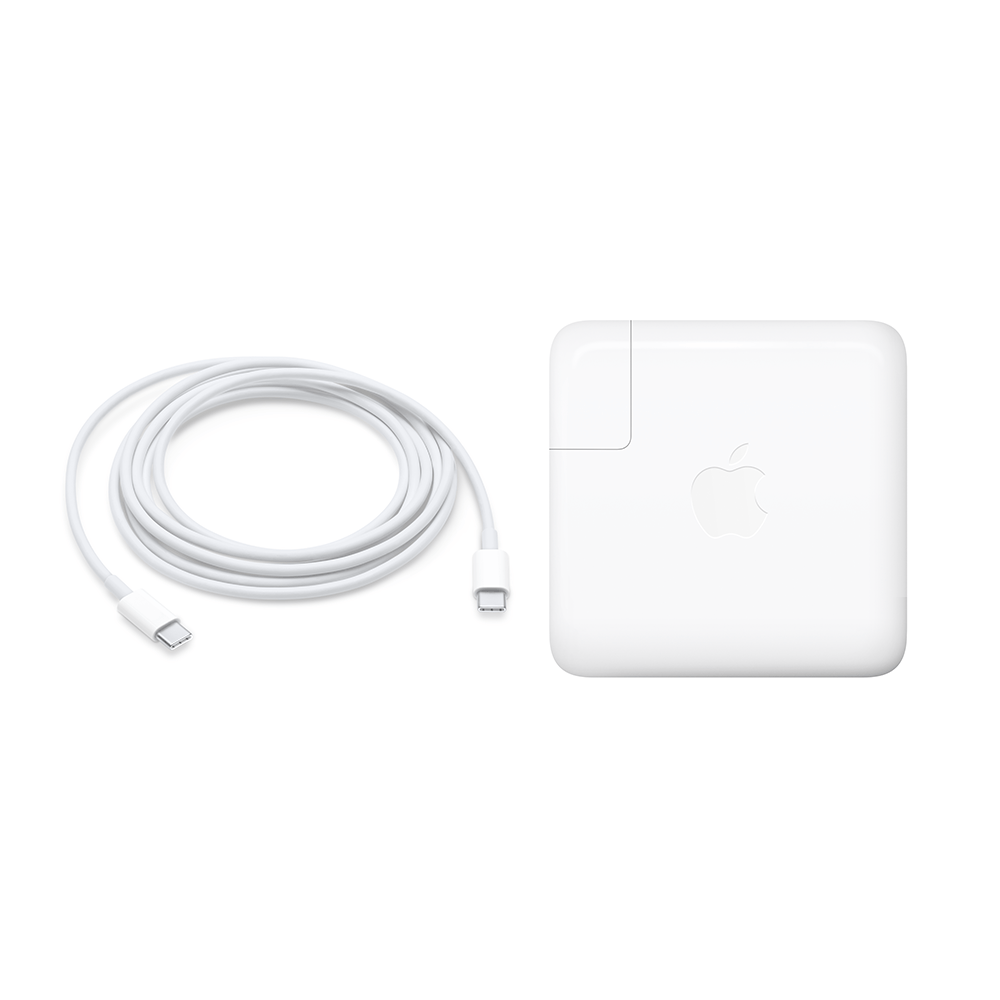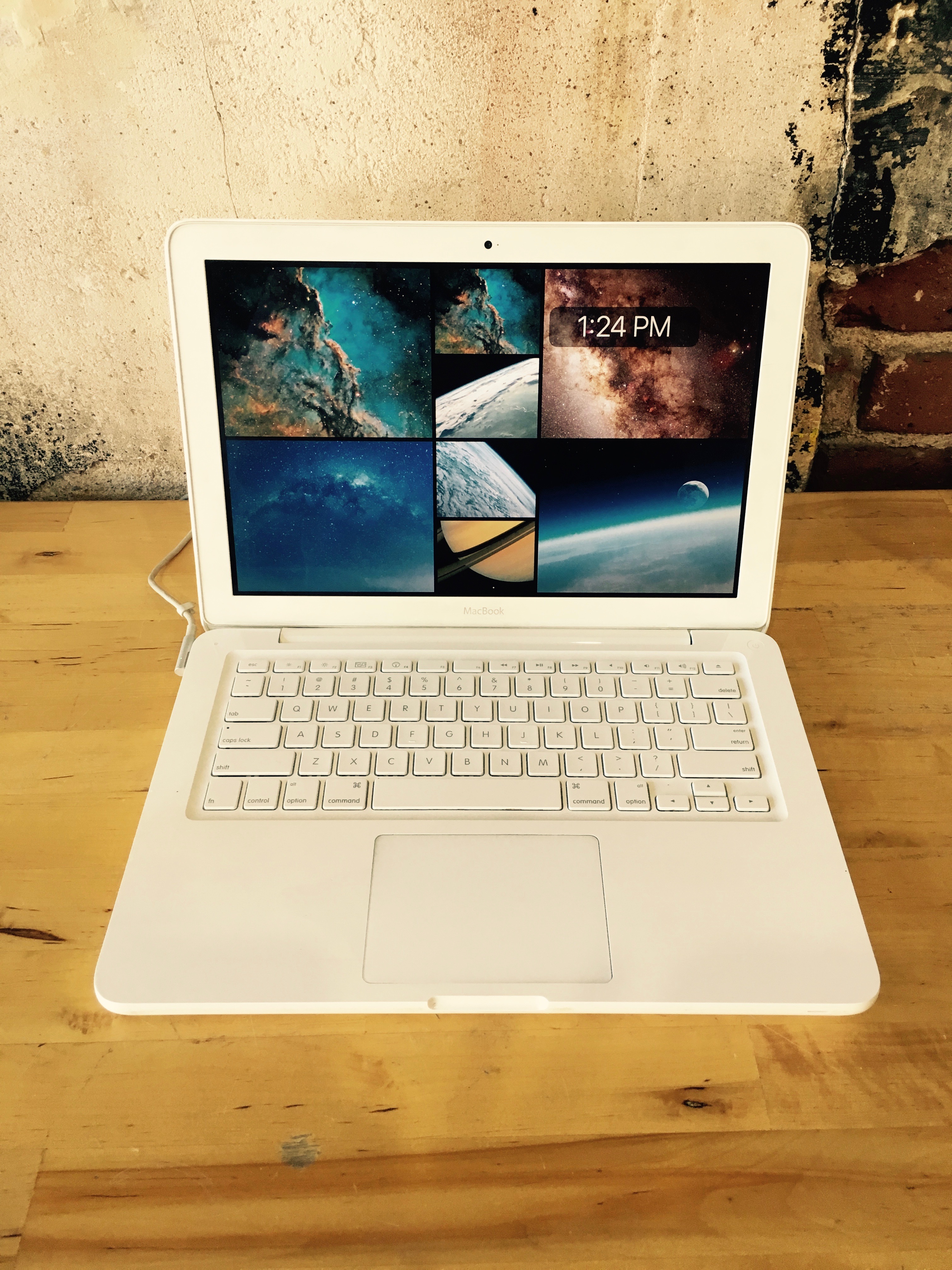
If the internal circuitry is damaged, you'll be in for a new logic board which can easily be $500 + labour, and Apple will not cover this as it will be considered "accidental damage". The first two issues are easy enough to fix you can replace the power adapter and the MagSafe board inside the computer for a (relatively) low amount of money.

MACBOOK AIR USB C WATTAGE MAC
However, I have not seem one on the market in recent times so do not know how readily available these are.I am an Apple Certified Mac Technician working for an Apple Authorized Service Provider. they can automatically switch voltages etc) and, in rare situations you can manually switch the voltage/wattage of a charger. Some chargers will be switchable (e.g.However, if the device is using that charger as it's main power source the risk of damaging the device is pretty high. This seems to work fine, but after a while what happens is the charger itself dies because it's been used too often to charge that particular device.Īnother way people get caught out is they connect a charger which has the wrong voltage, because it is close to the correct voltage. One way people often get caught out is that they will use a charger to charge a device that draws power more quickly than the charger was really designed to do. Or, it may be enough to charge one model in a few hours but not enough to charge the other model unless it is switched off and connected for a day.Īnother important factor is that different devices will regulate how they draw power for charging differently. So, it is possible that you have a USB-C charger from another device laying around that provides enough juice to charge one model of MacBook and not enough to charge another. the late-2016 13" MacBook Pros require 60 watts, while the 15" models require 85 watts). Using MacBooks as an example, they typically require in the range of 55 watts to 90 watts of power in order to charge (depending on the model, e.g. The reason for this is different chargers will have different voltage/wattage ratings. While I understand your question, it's impossible to give a generic answer. The only way anyone here may be able to answer that question is to know the exact models of the device(s) and charger(s) you're talking about. To address your main concern about whether it could damage the device or battery when charging devices with a charger not specifically designed for that device, the answer is yes, it could. This is why you always use chargers greater than or equal to your device load. If it's a poor quality charger (and does not conform to USB 3.0+ spec) it may overheat. It may do nothing (it couldn't agree on a negotiated power delivery so it stopped delivering power). It may charge, but not power your device. If there is sufficient power, it will charge, albeit slowly. The power delivery spec allows for power negotiation. Vice versa, if there is a Quick Charge 2.0 or 3.0 USB-C charger from other devices nearby, can it be used to charge the Macbook 12 inch? (MagSafe power adapters have a chip built into it to prevent using an underpowered charger). If it's USB 2.x (USB Type A) or a regular type charger, it will either not charge or have the possibility of damaging the charger because the draw of the device will exceed the charger's ability.Since it technically doesn't have enough, it will either charge slowly or not at all.

If it's USB 3.x (USB Type C), it will negotiate power.However, your 10W phone charger should not be used to charge your 87W MacBook. In other words, if your Apple USB-C charger is capable of delivering 87W of power, but you only need 10W for your phone, you can charge your phone with no problem. This applies to all chargers (USB, barrel connector, etc.), not just those that conform to the USB 3.x specification. This means that the device and charger will negotiate the power that is delivered.Īs to whether a charger is too powerful or not, you can always use a charger greater than or equal to the maximum power draw of the device. Part of that specification is the Power Delivery spec. USB-C conforms to the USB 3.1 specification.

Yes, it can be used and you will not cause any damage.

MACBOOK AIR USB C WATTAGE ANDROID
If there is only the MacBook 12 inch USB-C charger nearby, can it be used to charge other USB-C devices, such as any Android phones that also use USB-C? (will it be "too powerful" and damage other devices?) This answer is indented to be canonical answer for similar questions and applies to all devices that utilize USB (Type A or C) chargers and conform to the USB Power Delivery specification (version 2.x through 3.x).


 0 kommentar(er)
0 kommentar(er)
